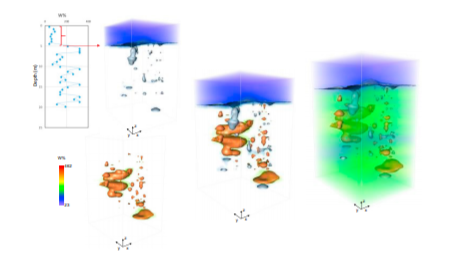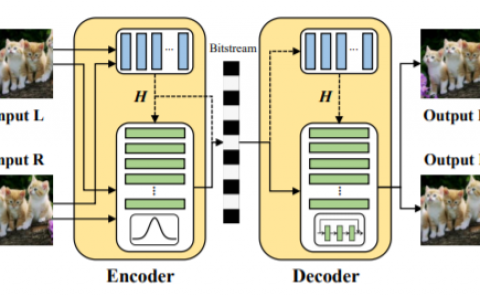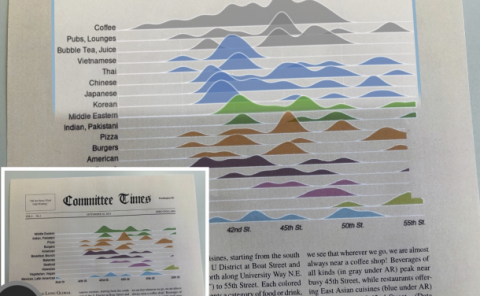Virtual Reality-Neural Networks for reconstruction of devastated cities by earthquakes: lacustrine deposits in Mexico City
PubDate: May 2020
Teams: Instituto de Ingeniería UNAM;GeoIntelligent Systems Lab
Writers: Silvia García;Paulina Trejo;Alberto García

Abstract
The reconstruction of a city that has been devastated by an earthquake requires the intelligent management of resources and the establishment of work directions that return, as quickly as possible, the largest number of inhabitants to their routine life. The most important difficulty arising in the initial reconstruction after strong earthquakes period is to find the best assignment of available resources to operational areas. One of the aspects that must be taken care of immediately is the recovery of buried facilities that conduct water, gas or hydrocarbons. For solving this problem, a dynamic optimization model is introduced. The model uses detailed 4D-descriptions of the regions with i) higher vulnerability to collapse, break or smash pipelines, ii) specific characteristics of the ground motions and the properties of soils deposits, iii) strategic densities of superstructures and inhabitants, iv) operational areas and v) available resources to calculate the resource performance and efficiency for different tasks related to the response. Based on a specialized geo-datamart and a Virtual Reality– Neural Networks framework (where the causes-effects can be simulated), the analysts can define the regions where the complex geotechnical-earthquake-infrastructure interaction is more dangerous and the effect of associated damage (such as leaks of dangerous substances - water and gas pipelines), could be devastating due to the number of people living in the



